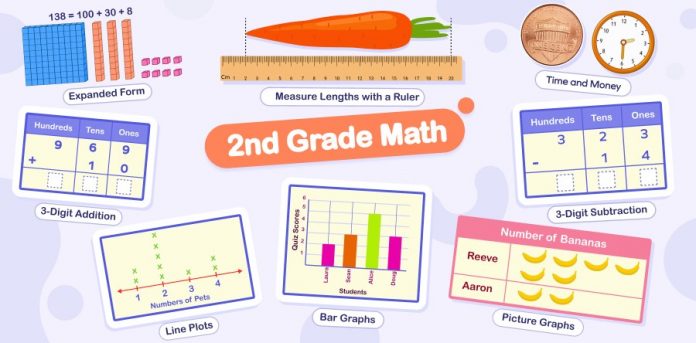- 1. Count up to one thousand
- 2. Understand place value in three-digit numbers
- 3. Three-digit numbers are compared
- 4. Subtraction and addition within 1,000
- 5. Measurement
- 6. Timekeeping to the nearest five minutes
- 7. Money-related word problems
- 8. Graphs with diagrams and bar charts
- 9. Understanding of Numbers
- 10. Show me the money
- 11. Geometry
- 12. Operations
Math for 2nd Graders is a magical journey into the world of mathematics. As a second grader, are you ready to embark on a magical discovery into the world of mathematics? Mathematics surrounds us in fascinating ways, from counting candies to measuring the height of a sunflower, and we use it in our daily lives without even realizing it. This article will examine key 2nd-grade math concepts you will learn. We will explore topics such as counting, place value, geometry, and operations, taking you on an exciting adventure through math.
Math & ELA | PreK To Grade 5
Kids see fun.
You see real learning outcomes.
Watch your kids fall in love with math & reading through our scientifically designed curriculum.
Parents, try for free Teachers, use for free
Additionally, we will introduce you to an interactive math platform that makes learning math fun and easy to understand. So, put on your thinking caps, prepare to become a math champion, and rule the math kingdom.
Here are more educational resources to help your second grader excel at math!
Related Reading: Most Important Math Concepts Kids Learn in 1st Grade
3 Best Math Skills a Second Grader Should Master?
As children progress through their academic journey, they are introduced to more complex concepts in various subjects. Math for 2nd graders is no exception, children build on the foundation laid in 1st Grade and learn new math skills that will be essential for their future academic and life success.
1. Mathematics facts for the Second Grade
When children are in the second Grade, they have a profound understanding of numbers and the various ways they can be represented. They should be able to count to the nearest thousand, understand the concept of place value in three-digit numbers, compare numbers with three digits, and be able to add and subtract within the first thousand. Students in the 2nd Grade should be able to tell time to the nearest five-minute increment and distinguish between odd and even numbers.
2. Mathematical Abilities in the Second Grade
Math for 2nd graders children continue to develop their problem-solving and critical-thinking abilities by learning fundamental mathematical skills. They should be able to solve word problems involving addition and subtraction with money, understand and create picture and bar graphs, and measure objects utilizing standard length, weight, and capacity units. In addition, they should have a fundamental comprehension of fractions, such as halves and quarters, and the ability to read and write numbers up to the thousandth place.
3. Math Topics for the Second Grade
Mathematical concepts such as geometry and data analysis are among those that are presented to children in the second Grade. They should be able to recognize and draw only two-dimensional shapes, such as rectangles, triangles, and circles. They should also be able to divide rectangles and circles into equal parts. In addition to this, they should have the ability to analyze and interpret data through the use of pictures and bar graphs.
What Do 2nd Graders Learn in Math?
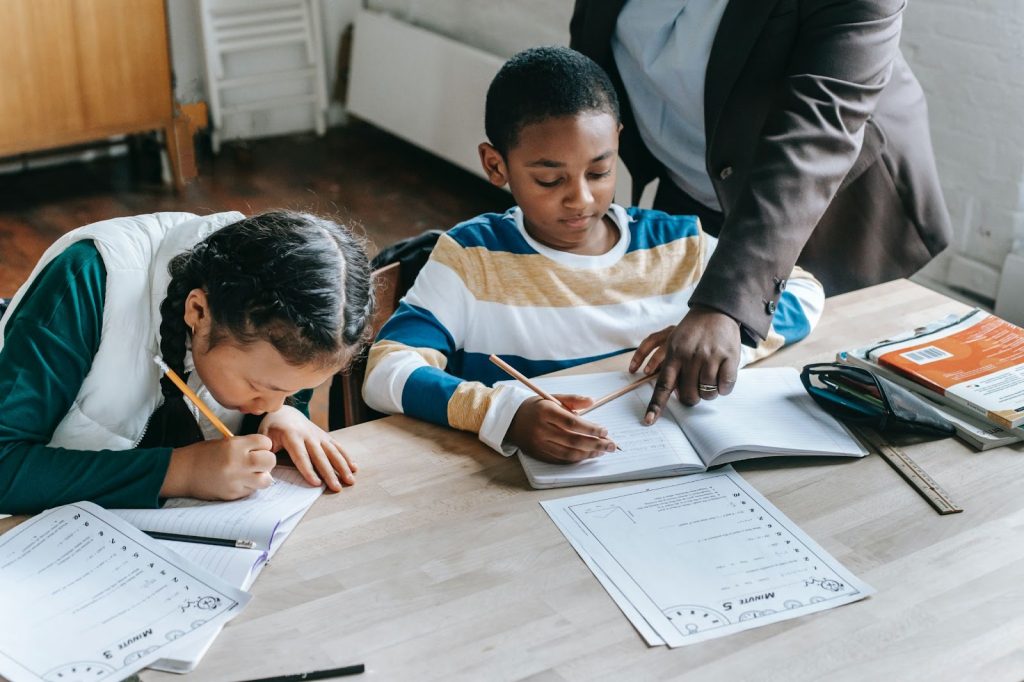
Second-graders learn a variety of concepts of math, skills, and topics in their 2nd grade math curriculum. They develop number sense, operations, measurement, geometry, and data analysis skills and learn to solve problems using critical thinking and reasoning. With the right tools and resources, children can excel in math and develop a love for this fascinating subject.
12 Exciting Challenges Are Waiting for You in Our Curriculum?
Math is a fascinating field of study that demands practice and perseverance. Children typically have a deeper comprehension of mathematical principles by the time they reach the second Grade. Because they are building on the foundation established in First Grade, this is an important stage in their mathematical development. Every child should understand the following mathematical concepts by the end of second Grade:
1. Count up to one thousand
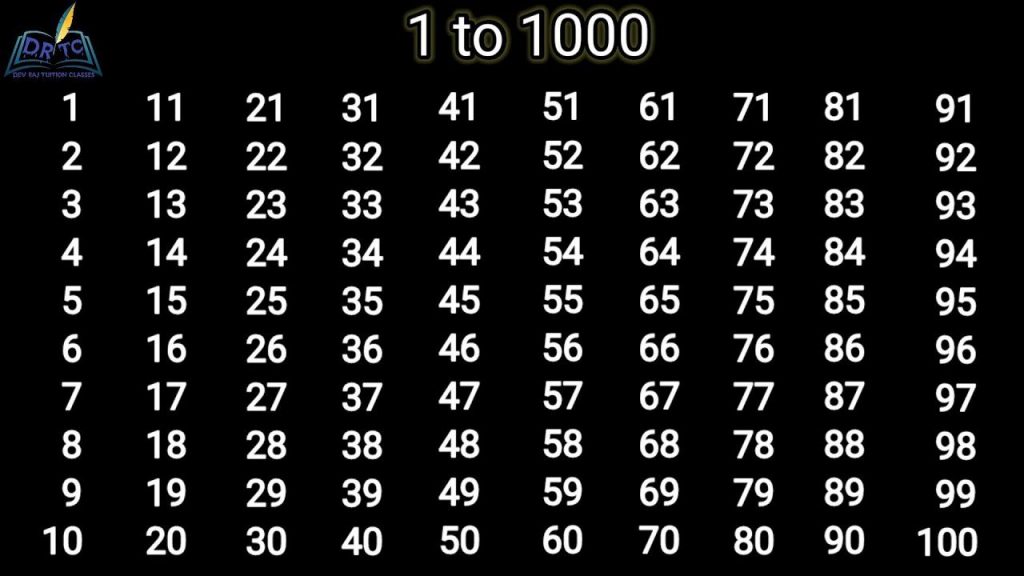
Math for 2nd graders is an important foundational subject that builds a strong understanding of basic mathematical concepts. Children should be able to count by ones, fives, tens, and hundreds up to one thousand by the time they finish the second Grade. They will be better prepared for more complex mathematical ideas if they have this ability, which contributes to developing a strong number sense.
2. Understand place value in three-digit numbers
Students in the second Grade learn about place value in numbers with three digits. They understand that the position of a digit in a number determines the value assigned to that digit. For instance, in the number 321, the “3” stands for the amount 300, the “2” denotes the value 20, and the “1” represents the value 1.
3. Three-digit numbers are compared
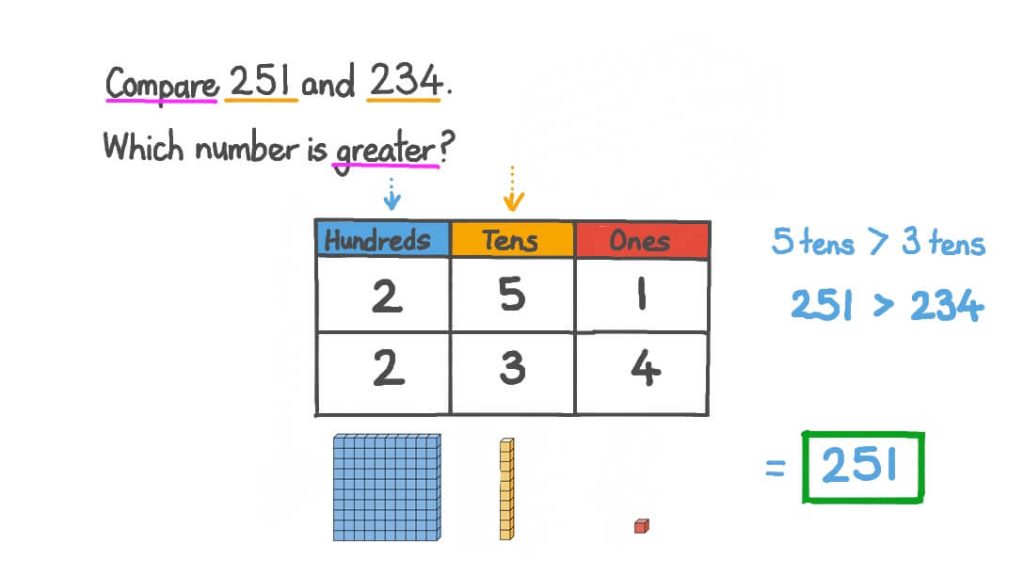
Comparing three-digit numbers with symbols such as greater than, less than, and equal to is a skill taught to students in the second Grade. This ability helps them better understand the relationships between numbers and prepares them for more advanced concepts, such as algebra, which they will encounter in later grades.
4. Subtraction and addition within 1,000
Addition and subtraction up to and including 1,000 are taught to students in the second Grade using various methods, such as counting, breaking apart numbers, and using number lines. This ability helps them develop a strong foundation in arithmetic and prepares them for the future of solving more complex problems by preparing them for the challenges they will face.
5. Measurement

In the second Grade, students learn about measurement, including measuring length, weight, and capacity using standard units such as inches, pounds, and liters. Other standard units include centimeters, miles, and kilometers. In addition to that, they can make estimations and make measurement comparisons.
6. Timekeeping to the nearest five minutes
Students in the second Grade learn to tell time using both digital and analogue clocks, accurate to the nearest five minutes. This ability helps them better understand the time and prepares them for more complex ideas, such as elapsed time, which they will encounter in later grades.
7. Money-related word problems
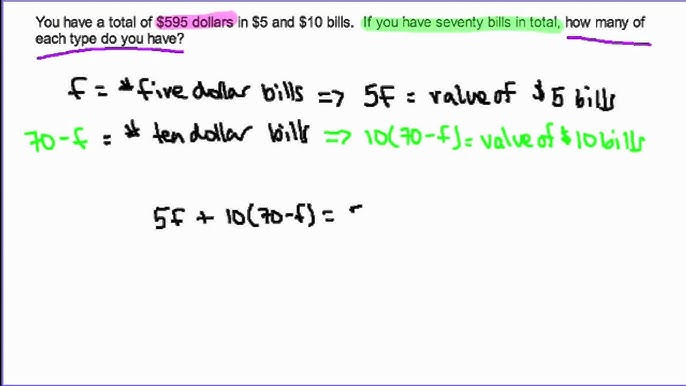
Students in the second-grade work on solving word problems that involve money. They find out how to count money, how to make changes, and how to solve problems that affect several steps.
8. Graphs with diagrams and bar charts
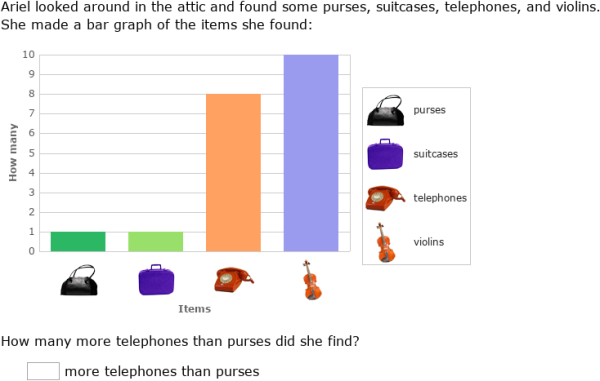
In the second Grade, students are taught to analyze pictures and bar graphs and create their own. This ability helps them better understand data and prepares them for later grades, where they will be required to perform more complex data analysis.
9. Understanding of Numbers
This is understanding the relationships between numerical values and applying that understanding to the problem-solving process to achieve success. In second Grade, children continue cultivating their number sense by practicing with larger numbers, skip counting, and investigating place value.
10. Show me the money
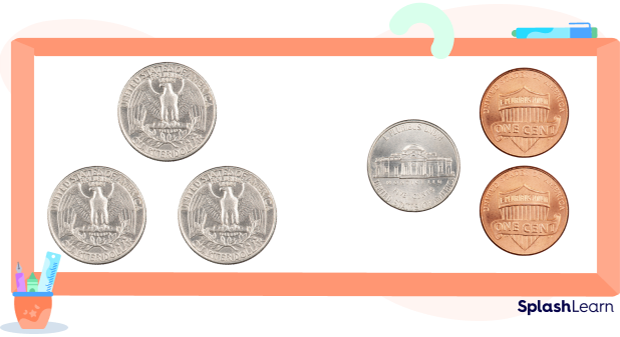
The value of coins and bills and how to change them are among the topics in the financial literacy curriculum for second-grade students. They will be better prepared to handle their financial responsibilities if they have this ability, which contributes to the development of their financial literacy.
11. Geometry

The fundamentals of geometry are introduced to students in the second Grade, and some of the topics covered include lines, angles, shapes, and symmetry. Students are better prepared for the more difficult geometry concepts they will encounter later in their education when they develop this ability, which helps them improve their spatial reasoning.
12. Operations
The four fundamental math operations of addition, subtraction, multiplication, and division are taught to children in the second Grade. They are aware of the connections that exist between these processes and how they can solve problems.
Second grade math skills are a building block for children’s future mathematical knowledge. These foundational skills are essential for success in math and other subjects. With a strong understanding of the basics, children can tackle more complex mathematical concepts in later grades. Giving young learners a solid grounding in math is crucial to develop the confidence and skills to excel. Children can build upon their knowledge and apply it to real-world situations by creating a deep understanding of math in Second Grade. With continued practice and reinforcement, they can develop the critical thinking and problem-solving skills necessary for success in all areas of life. With the right guidance and support, every child can develop a love for math and become a confident, capable problem solver.
Related Reading: New Math Tips & Strategies to Improve Kids’ Problems-Solving Skills
The Exciting Objectives of Mission Second Grade Math
Have you ever considered the exciting things that second-grade math can teach you? This year is critical as it sets the foundation for your future mathematical knowledge. The importance of these skills is evident in the math stuff for 2nd graders designed to be fun and educational.
These objectives are designed to help students establish a solid foundation in mathematics and prepare them for more complex math concepts in the future. By mastering the key math concepts and skills taught in second grade, students will be well-equipped to succeed in their future math classes.
The 2nd grade math topics are designed to be interactive, engaging, and based on key math skills. Learning games and activities are used to teach math concepts in a fun and easy-to-understand way. The material is also adaptive, catering to each child’s learning style and pace, ensuring that each child learns at their own pace and in their way.
Second grade math facts that are expected to be mastered include basic addition and subtraction facts within 20, telling time to the nearest five minutes, understanding basic concepts of money, and identifying basic geometric shapes.
In addition to these core math topics, second-grade math objectives aim to develop problem-solving skills, critical thinking, and logical reasoning. Students are encouraged to use various strategies to solve problems and explain their thinking using mathematical language.
Related Reading: Most Important Math Concepts Kids Learn in 3rd Grade
Conclusion
Mathematics is not just a subject studied in school, but it’s an integral part of our daily lives. Whether we’re counting birds on a tree or measuring ingredients for a recipe, we are using math. It is essential for young learners to understand the significance of math in their surroundings.
In the 2nd grade, students learn various essential math skills, including counting up to 1,000, comparing three-digit numbers, and solving word problems related to money. They also explore concepts related to measurement, time, geometry, and data analysis, forming the basis for further math learning.
Our Math for 2nd Graders program is designed to help children build a strong foundation in arithmetic concepts through interactive activities and personalized learning approaches. By exploring the magic of math in the world, young learners can develop a love for the subject and become confident math wizards.
Congratulations on completing our math for 2nd graders program! You have now gained a deeper understanding of mathematics and its significance in everyday life. The skills you have learned, such as counting, comparing, measuring, and analyzing data, will serve as a foundation for your future math studies and daily life.
Frequently Asked Questions (FAQs)
How can parents help their children with math at home?
Parents can help their children by practicing math skills with them, playing math games, and incorporating math into everyday activities such as cooking, shopping, or playing sports.
How can teachers make math fun and engaging for 2nd graders?
Teachers can make math fun and engage by using hands-on activities, interactive games, and real-life examples to illustrate math concepts.
What are some common mistakes that 2nd graders make in math?
Common mistakes that 2nd graders make include mixing up addition and subtraction, miscounting, misunderstanding place value, and struggling with word problems.
How can children improve their math skills?
Children can improve their math skills by practicing regularly, seeking help when needed, using online resources and apps, and engaging in hands-on activities and games.
What are some effective strategies for solving math word problems?
Some effective strategies include identifying key information, breaking the problem into smaller parts, drawing pictures or diagrams, and checking the answer for reasonableness.

















